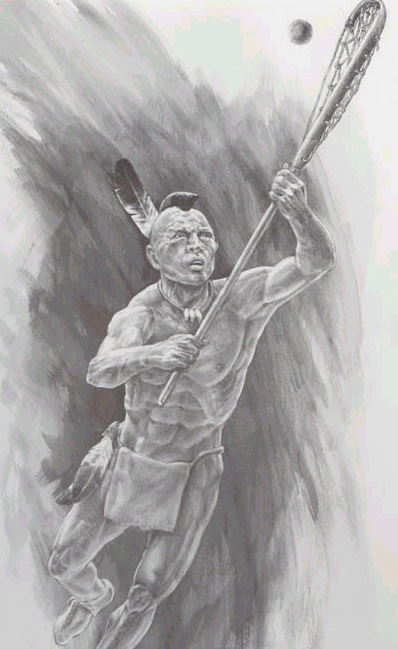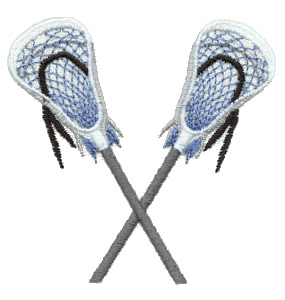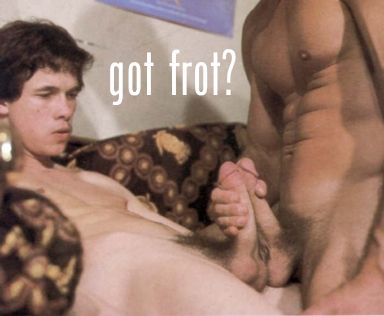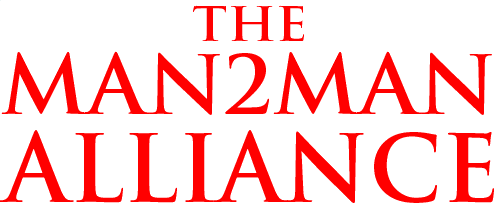


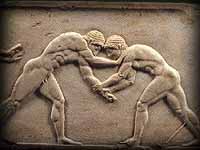

Wrestling Among the Yuroks
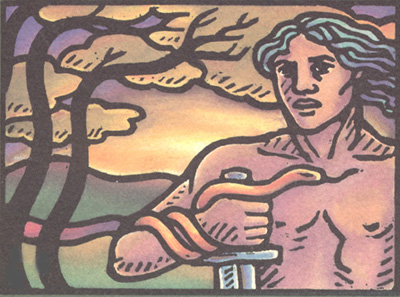


Wrestling Among the Yuroks
9-7-2007
The NY Times had an article the other day about the Yurok tribe of northern California.
Specifically about poverty among the Yuroks, which is very pronounced.
The Yuroks themselves say they were once the most prosperous tribe in California.
But that destruction of the salmon and inroads into logging have impoverished them.
With the Times article there was a slide show, of which this was the last picture:

[Caption:]
Yurok tribe members playing a traditional game where opposing team members wrestle.
The Times article itself doesn't discuss this wrestling.
Which doesn't surprise me.
The Times is male-contact-sport-challenged.
It has a problem with men's bodies touching during any activity which might be construed as aggressive -- and socially sanctioned.
The Times doesn't appear to have a problem with men's bodies touching during anal "sex," since it often makes an equation between "gay" sex and anal "sex" -- and of course, its editorial policy is very pro-"gay."
But it does have a problem when men's bodies touch during a traditional male activity like a fight sport.
In any case, I was curious about this Yurok "traditional game where opposing team members wrestle," so I went to the web to see what I could find.
It was very little.
Just snippets of info:
Large ceremonies were held for the first salmon and the first eel of the year. In the fall the Hupa [who are neighbors of the Yurok -- the two tribes have similar customs] built a dam across the Trinity River for fishing. Anyone who helped build the dam could fish off of it.
At the first acorn ceremony the medicine woman and up to five other women prayed for good fortune, good health and a large acorn crop. This ceremony also involved a great feast and a celebration where many different games were played. The women played dice games with mussel shells. The men played a guessing game with sticks. The strongest men played "sticks" which is a cross between hockey and wrestling.
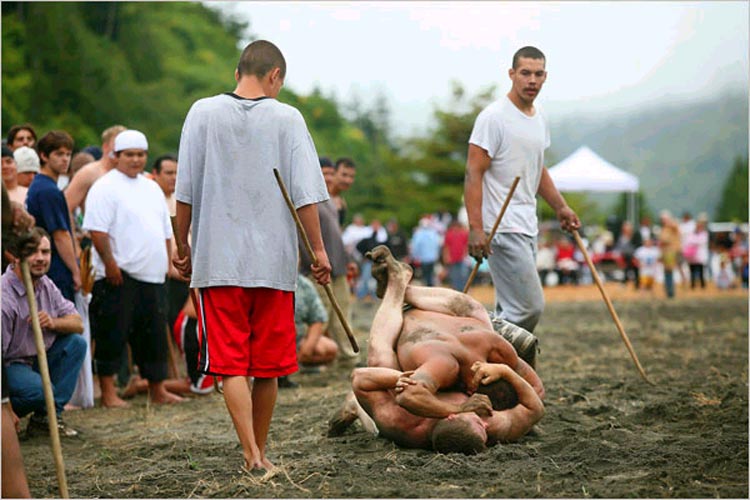
The men also wrestled and had archery contests.
Nelson, Byron, Jr. Our Home Forever. Salt Lake City: Howe Brothers, 1988
The Indian field hockey game in this region is a rough sport which combines elements of Lacrosse and wrestling.
...
A very similar theme is involved in a formula for wrestling described by Mamie Offield (Karok) during the same year... In this narrative, ten brothers were talking about wrestling with a giant who lived nearby. The smallest sat in the ashes by the edge of the fire. Only after all the others had tried and lost did he get his chance. Then the smallest one stepped up and beat the giant, throwing him into a nearby lake.
Though these are just bits of information, they're similar to what Charles Eastman, who was raised as a Sioux, described at greater length in his Indian Boyhood:
Our sports were molded by the life and customs of our people; indeed, we practiced only what we expected to do when grown. Our games were feats with the bow and arrow, foot and pony races, wrestling, swimming and imitation of the customs and habits of our fathers. We had sham fights with mud balls and willow wands; we played lacrosse, made war upon bees, shot winter arrows (which were used only in that season), and coasted upon the ribs of animals and buffalo robes.
...
Wrestling was largely indulged in by us all. It may seem odd, but wrestling was done by a great many boys at once -- from ten to any number on a side. It was really a battle, in which each one chose his opponent. The rule was that if a boy sat down, he was let alone, but as long as he remained standing within the field, he was open to an attack. No one struck with the hand, but all manner of tripping with legs and feet and butting with the knees was allowed. Altogether it was an exhausting pastime -- fully equal to the American game of football and only the young athlete could really enjoy it.
So, what we have, with the picture from the Times and this information about the Yurok, the Hupa, and the Sioux, is another glimpse into the tribal roots of a traditional, age-old, and indeed universal male practice:
Wrestling.
Which combines the two key elements of the male's Natural Masculinity:
Male Aggression and Male Attraction.
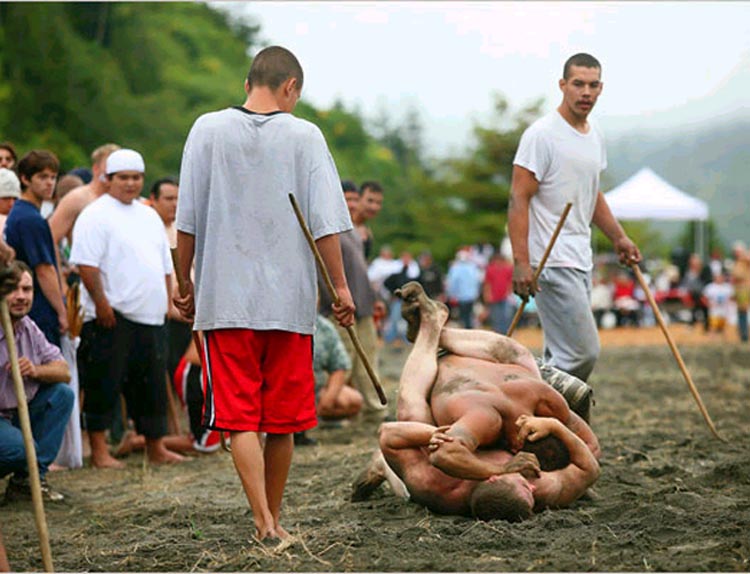
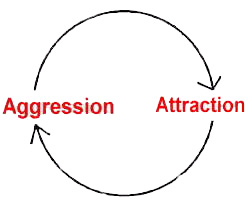
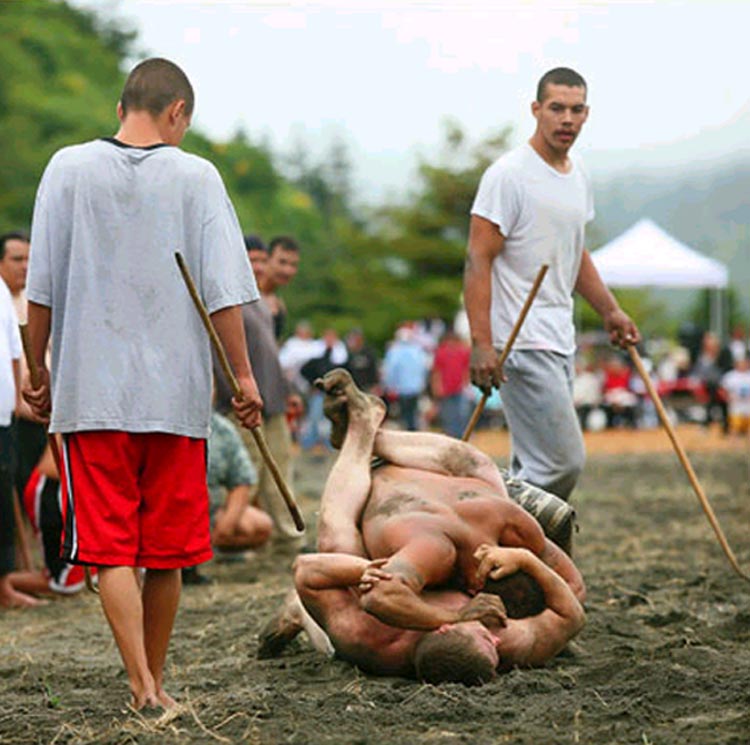
That's why it's universal.
It strengthens the bonds between Warriors, without which Men -- and Women -- can't survive.
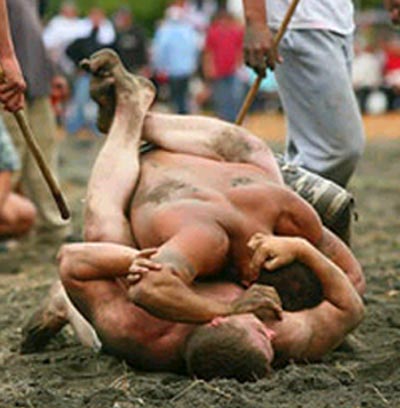
Which is most certainly the reason this "traditional game where opposing team members wrestle" is still practiced by the Yurok.
Despite years of hostility and interference from European-Americans.
It's also interesting that, as we noted in Men, War, Promiscuity, Affluence, and AIDS, there's been a revival of lacrosse among American Indians in New York state.
This too is from the Times:
American Indians have played lacrosse for centuries. Missionaries documented their contests as long ago as the 1630s. Such early matches could involve hundreds of men, and last for days in fields spanning miles. Players often used sticks carved from trees and balls fashioned from wood, stone or rawhide. The games were considered a rite of passage for young men, attesting to their strength and power.
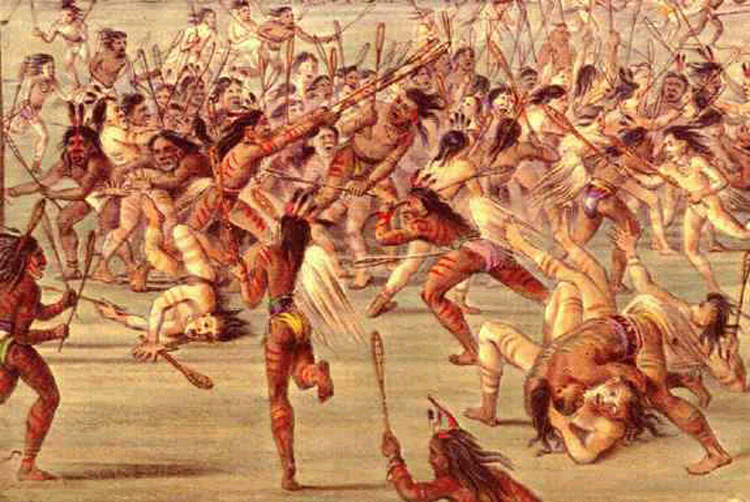
Pickup games never disappeared from reservations, where lacrosse was often considered a gift from the Creator and games were played to heal the sick, settle conflicts and even prepare for war. ...
Onondaga BraveWhile the teams do not wear native clothing or have tribal sideline chants, the players say they adhere to the spirit of the game played hundreds of years ago.
For instance, the Onondaga Red Hawks and the Tonawanda Braves do not allow girls to play, and male players on some other teams forbid women to touch their sticks for fear such contact could cost them the protection of the Creator during games. If a stick has been touched by a woman or girl, some native lore says it must be put away for seven days, and some Tonawanda players have been known to discard or give away such sticks.
Onondaga Sticks
The Times article, which is concerned with a contemporary revival of lacrosse, doesn't say whether the traditional lacrosse game among the Onondaga and the Tonawanda involved wrestling.
And maybe it didn't.
But remember, this is what one of my web snippets said:
The Indian field hockey game in this region is a rough sport which combines elements of Lacrosse and wrestling.
And Eastman explicitly compares the Sioux form of wrestling to American football:
..all manner of tripping with legs and feet and butting with the knees was allowed. Altogether it was an exhausting pastime -- fully equal to the American game of football and only the young athlete could really enjoy it.

Note the figures on the lower right.
In a recent post, Naked Wrestler said that "Fighting is part of the human condition."
There's a reason Fighting and Fight Sport are part of the human condition.
Because, once again, Men cannot survive without them.
In my reply to Robert Loring's excellent She Didn't Understand, I quoted, via Frances, Thornton Wilder:
Living is a struggle, every good and excellent thing in the world stands moment by moment on the razor edge of danger and must be fought for.
And I pointed out how male affiliation is made possible by and indeed is part of male aggression.

As we've seen, traditional cultures, like Eastman's, like the Celts, like the Greeks, etc, have a highly-developed ideal of the Warrior-brother:
Eastman:
The highest type of friendship is the relation of "brother-friend" or "life-and-death friend." This bond is between man and man, is usually formed in early youth, and can only be broken by death. It is the essence of comradeship and fraternal love, without thought of pleasure or gain, but rather for moral support and inspiration. Each is vowed to die for the other, if need be, and nothing denied the brother-friend, but neither is anything required that is not in accord with the highest conceptions of the Indian mind.
The bond between what Eastman calls brother=friends or life-and-death friends is forged in a boyhood and adolescence full of activities like these:

That's how it happens.
As my foreign friend says,
The masculinity of men flows from their group. It's like their natural masculinity combines and gets manifold when masculine identified men unite. The camaraderie, mutual understanding, support, playing together, learning the ways of the world as a male, dealing with roughs and toughs of life together --- they all help to develop the natural masculinity that exists within him.
In order to develop their Natural Masculinity, the Masculinity which lies within, males need to experience the roughs and toughs of life -- TOGETHER.
Which means that if we wish to return to a world in which Men can Love Men as MEN -- we have to return to this sort of traditional male up-bringing.
And which still survives among peoples like the Yurok.
The question is, however, how long the Yurok themselves will survive.
The Times explained that the Yurok are very poor, that there's been a recent grant of money, and that some Yurok wish to take that money and leave.
I can understand why.
I've visited Klamath, which is part of the Yurok reservation.
It's heartbreakingly beautiful.
And the people are very nice.
But it's very poor.
Our society is structured in such a way that people like the Yurok, who seek to live close to nature and naturally -- are simply eliminated by vast economic and technological forces over which they have no control.
Just as Men who want to live Naturally -- are targeted by the forces of heterosexualization, forces which depend upon the vast technological and economic wealth of the West for their power --
and which seek to crush Men and Masculinity.
In She Didn't Understand, Robert Loring describes how a co-worker didn't understand him when he said he wasn't "gay," but simply a Man.
I could see rather quickly as I was talking to her that I was trying to explain something to a blank wall. The look on her face told the story without words. She had no clue what I was talking about. She could not fathom in her mind how men could love other men without being the stereotypical gay male engaging in analism and living under the dark boot of the BFD in the gay mental ghetto. She had no category which to peg me in. She had no label to stick on me. I could see in her eye just how far this poor woman had walked away from the natural and the historical/traditional male norm. She had no idea what valuing one's masculinity meant. She had no clue as to what it means for males to value their innate sense of male aggressiveness and competitiveness. She could not even begin to comprehend how or why a male who loves other men would desire to be masculine instead of feminine. She heard my voice being spoken but she failed to hear my words. She was too far away from the natural and normal. She was a product of our modern anti-masculine male society. I could tell she had learned all the unnatural lessons well. I was, honestly, saddened by her state. Most likely she will never speak to me again because I failed in fitting into her stereotype categories. I freaked her out I'm sure but hopefully she will think about what I said and hopefully one day she will make a choice to honor the natural and walk away from the unnatural. Then, and only then, will she understand me.
"She had no clue as to what it means for males to value their innate sense of male aggressiveness and competitiveness."
These males still value "their innate sense of male aggressiveness and competitiveness."

These Yurok Men haven't "walked away from the natural and the historical/traditional male norm."
Let's hope they never do.
Let's hope that instead their example helps other Men to remain whole, wild, and free -- the way God and Nature created them to be.

Bill Weintraub
September 7, 2007
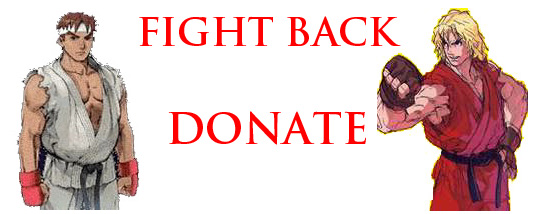
© All material Copyright 2007 by Bill Weintraub. All rights reserved.
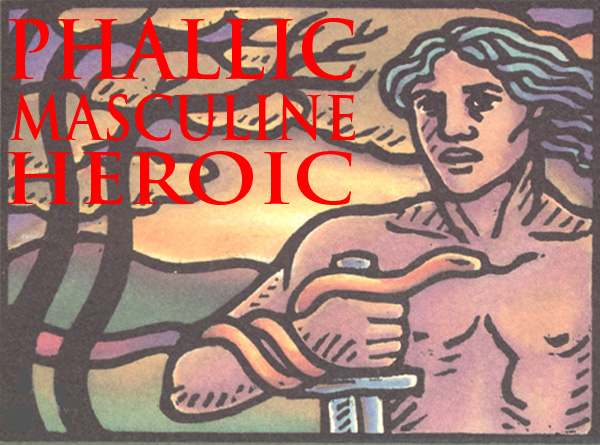



AND
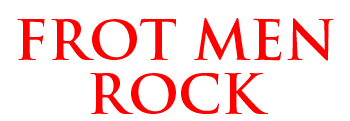

Warriors Speak is presented by The Man2Man Alliance, an organization of men into Frot
To learn more about Frot, ck out What's Hot About Frot
Or visit our FAQs page.

| Heroes Site Guide | Toward a New Concept of M2M | What Sex Is |In Search of an Heroic Friend | Masculinity and Spirit |
| Jocks and Cocks | Gilgamesh | The Greeks | Hoplites! | The Warrior Bond | Nude Combat | Phallic, Masculine, Heroic | Reading |
| Heroic Homosex Home | Cockrub Warriors Home | Heroes Home | Story of Bill and Brett Home | Frot Club Home |
| Definitions | FAQs | Join Us | Contact Us | Tell Your Story |

© All material on this site Copyright 2001 - 2010 by Bill Weintraub. All rights reserved.
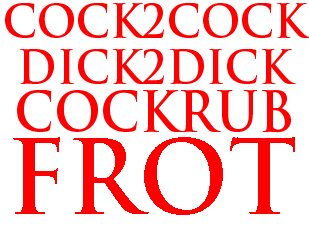

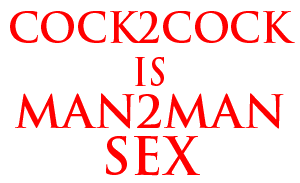
They're shunted into cities, where the traditional elements of their culture, including those elements which have withstood heterosexualization -- are lost.

